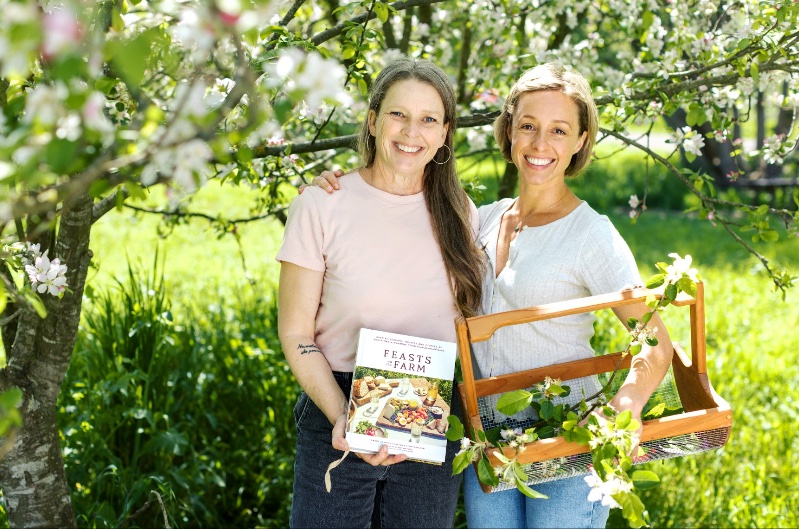Sustainability is no longer a niche concept reserved for environmentalists, it has become a lifestyle choice that impacts the way we live, work, and connect with the world around us. Christina Carano, a thought leader in sustainable living, has spent years exploring practical, innovative ways to integrate eco conscious habits into everyday routines. Her vision goes beyond just reducing waste or recycling; it’s about reimagining how we interact with resources, community, and even creativity itself.
Embracing Mindful Consumption
At the heart of Christina’s philosophy is the idea of mindful consumption. She encourages people to examine the lifecycle of the products they use, from the materials they’re made of to how they’re disposed of. A great example of this mindset can be seen in small, creative practices like sending thoughtful, eco-conscious greetings. Christina recommends using digital alternatives wherever possible, and for those moments when a personal touch is needed, tools like print free cards provide a sustainable, convenient solution. This approach not only reduces paper waste but also inspires intentionality in the messages we share with others.
Christina also emphasizes the importance of buying local and seasonal products. From fresh produce at farmer’s markets to handmade goods from artisans, supporting local businesses fosters a circular economy while reducing the environmental footprint associated with shipping and packaging. She often shares stories of families who have transformed their weekly routines by prioritizing local ingredients, cooking more at home, and even starting small gardens in urban spaces. The result? Fresher meals, a stronger sense of community, and a smaller environmental impact.
Practical Tips for Sustainable Living
Sustainability doesn’t have to be overwhelming. Christina breaks it down into actionable steps that anyone can adopt:
- Audit Your Daily Habits: Start by observing where your energy, water, and material resources go. Simple changes like turning off lights when not in use, fixing leaky faucets, or composting organic waste can make a noticeable difference.
- Rethink Transportation: Carpooling, biking, or using public transit not only lowers carbon emissions but also encourages a slower, more intentional pace of life. Christina recounts how her own family discovered hidden local gems simply by choosing to walk or bike more often.
- Prioritize Multipurpose Items: Investing in versatile, durable products reduces the need for frequent replacements. Think refillable water bottles, reusable bags, and high quality kitchenware that lasts decades.
- Engage with Community Initiatives: From tree planting drives to neighborhood cleanups, participating in collective efforts reinforces a sense of shared responsibility and multiplies the impact of individual actions.
Christina’s approach is rooted in the belief that sustainable living is a series of small, conscious choices rather than drastic lifestyle overhauls. By making eco friendly habits accessible and relatable, she inspires people to see sustainability as a rewarding, ongoing journey.
The Role of Creativity in Eco-Conscious Living
One of the most inspiring aspects of Christina’s work is her emphasis on creativity. Sustainable living, she argues, thrives when innovation meets practicality. Whether it’s repurposing household items, experimenting with plant based recipes, or designing low waste celebrations, creative solutions can make eco conscious choices fun and fulfilling.
For instance, Christina often highlights the impact of simple acts like personalizing gifts in a sustainable way or using crafts to turn recycled materials into meaningful items. These practices cultivate a sense of pride, mindfulness, and intentionality in everyday life. By viewing sustainability as an opportunity for self expression rather than sacrifice, she transforms the conversation around eco-conscious living into one of possibility and joy.
Building a Long Term Vision
Ultimately, Christina’s vision is about more than just immediate actions, it’s about shaping a long term, regenerative lifestyle. She encourages setting goals that are measurable yet flexible, acknowledging that progress often comes in incremental steps. For example, families she has worked with often start with one sustainable habit per month, gradually weaving these changes into their routines until they become second nature.
Her insights also extend to mental and emotional well-being. Sustainability, she notes, is deeply connected to how we value our surroundings and the people in our lives. Living in alignment with one’s values creates a sense of fulfillment and connection that goes beyond ecological benefits.
Conclusion
Christina Carano’s approach to sustainable living is a testament to the power of conscious choices, creative thinking, and community engagement. By integrating practical strategies with an inspiring vision, she shows that sustainability isn’t just a trend, it’s a holistic, meaningful way of life. Whether it’s through small daily habits, local engagement, or innovative solutions, each action contributes to a larger movement toward a healthier, more balanced world. Embracing this philosophy doesn’t require perfection; it simply requires intention, curiosity, and the courage to start.









